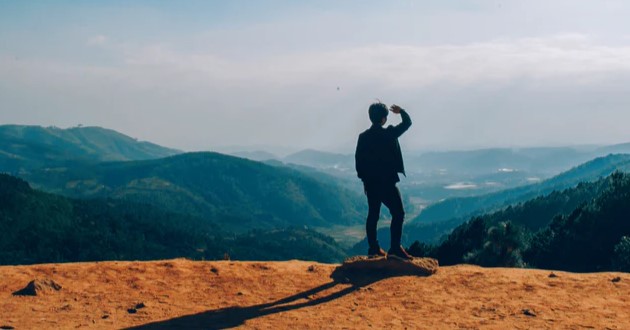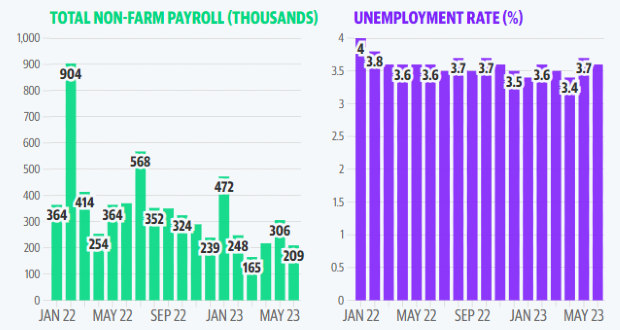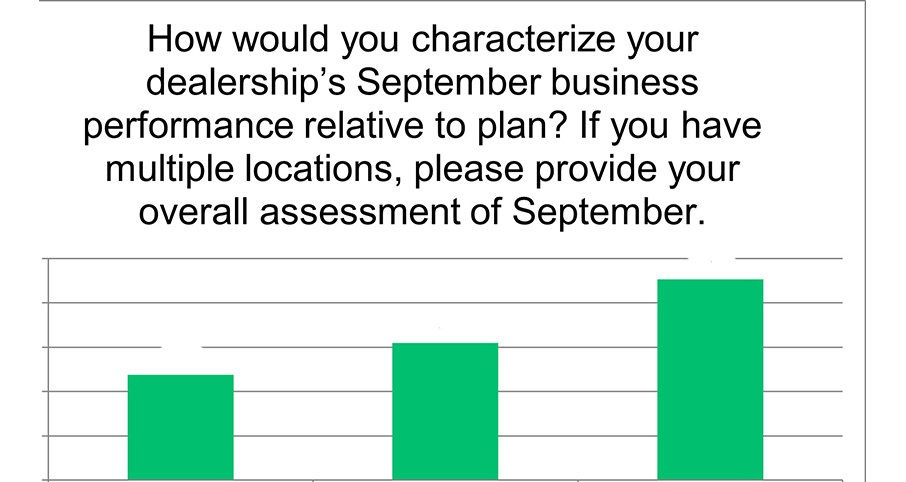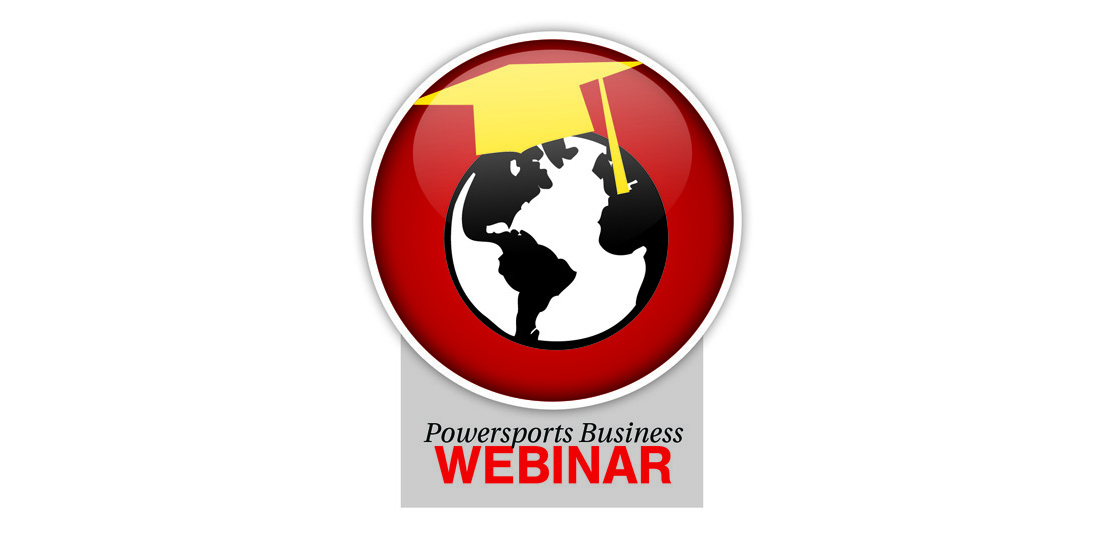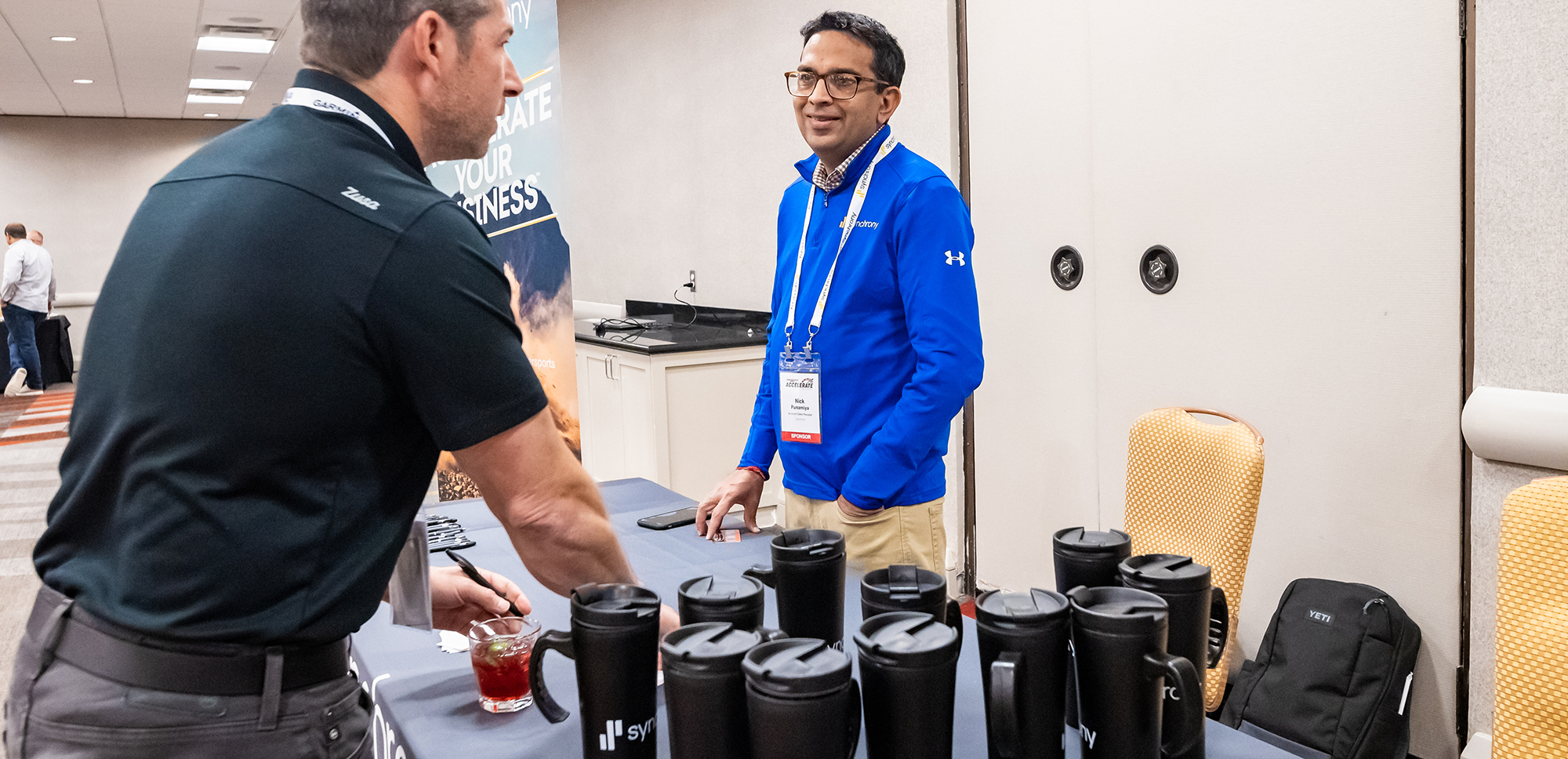Study: What drives leisure for powersport enthusiasts?
James, a die-hard motorcyclist and seasoned off-road racer, spends his weekends navigating treacherous terrains and the buzz of the racetrack. It’s a world filled with adrenaline, roaring engines, and the thrill of speed.
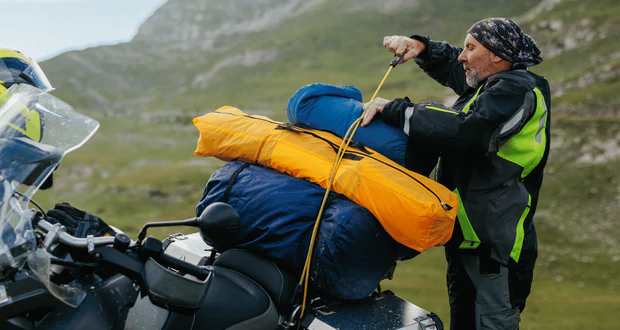
But what might surprise those who know James only for his love of motorcycles is his passion for cooking, gardening, and his local book club. Beyond the rough exterior of a powersports enthusiast lies a world of diverse interests that shape his identity.
James’ story isn’t unique. Many powersports enthusiasts have their own leisure interests outside of powersports – and you’d be surprised how skillful some of them are at painting or playing soccer.
Intrigued by this, we wanted to know more about what consumers do outside of powersports and how much of an impact these other leisurely activities have on their participation in powersports. Therefore, we conducted a survey that was facilitated by our consumer panel, exploring this topic.
Leisure Activities Outside of Powersports
Many powersport consumers have a life outside of powersports and seek enjoyment in many leisure activities. We found that most participants in our survey performed leisure activities that involved watching TV (66%), traveling (56%), participating in outdoor activities like hiking or camping (55%), reading or writing (52%), and performing DIY projects (51%).
The frequency of performing these activities varies, with reading or writing and watching TV being daily pursuits for many (59%), while fitness (58%), gardening (56%), and cooking or baking (47%) often fall into a several-times-per-week routine.
It’s clear that many consumers have been involved with their preferred leisure activity for more than 10 years. Thus, providing an ample amount of time for them to get good and skillful in some of these activities. For instance, many consider themselves advanced, or at least intermediate, in some of the leisure activities that involve skill (team sport, individual sport, gardening, cooking, DIY, etc.).
Demographic Insights into Leisure Preferences
Males tend to gravitate more toward DIY projects, whereas females tend to prefer cooking or baking over their male counterparts. Yet, both genders exhibit similar levels of interest across all other categories.
Employment status seems to have a subtle influence, with a weak correlation found between those currently working and a preference for watching TV or playing video games. It’s possible that these activities serve as a means to unwind after a demanding workday.
Household size also plays a part in shaping leisure interests. Participants with larger households (4 or more members) demonstrate a slight inclination towards outdoor activities, perhaps reflecting a family-oriented recreation approach.
Geography further shapes preferences. Rural dwellers express more interest in DIY activities and outdoor pursuits while showing less enthusiasm for physical fitness activities and traveling. Conversely, suburbanites appear to have a greater propensity to travel, exploring beyond their immediate surroundings.
Homeownership also unveils a distinct pattern, with homeowners more likely to engage in activities involving their homes, such as DIY projects, board games, and gardening (compared to non-homeowners).
Cross-activity participation adds another layer, linking those interested in outdoor activities with nature-related hobbies and connecting physical fitness enthusiasts with individual sports. These connections may signify underlying values or motivations, such as self-improvement or a love for nature, that influence leisure choices.
Community and Social Connections
Community and social connections play an intricate role in shaping the leisure interests of powersport consumers. Most respondents (73%) are not part of a community or group related to their leisure activity. However, the remaining 27% are engaged with volunteering groups, local clubs, or active online communities related to their leisure activity.
Looking further into the 27% that are engaged, it appears that being a part of a group seems to heighten the perception of social life, creating a more profound connection in the activity. This emotional aspect is not to be overlooked either, as many participants consider themselves ‘emotionally connected’ to their hobbies, with a particularly strong connection found in fitness and artistic pursuits.
These findings offer a potential opportunity to foster community involvement and create emotional connections with consumers. Encouraging these connections could strengthen brand loyalty, enhance customer satisfaction, and foster a more unified and engaged consumer base.
Powersports vs. Other Leisure Activities
So, what are consumers’ priorities when it comes to pursuing powersport-related activities versus leisure activities?
Based on our findings, it appears that powersport-related activities take precedence over other leisure activities. Most (58%) enjoy both powersports-related and other leisure activities equally. But, 37% preferred powersports-related activities over other hobbies, while 6% favored leisure activities over powersports.
This clear preference also manifests itself during the time allocated toward each activity. Consumers were prompted to choose between powersports or leisure activities when faced with the decision to cut back their time on either one. 29% said that they would cut back on leisure activities to focus more on powersports, while 14% opted to cut back on powersports to enjoy other leisure activities. Interestingly, 28% said they would cut back on both, showing the dominant role of powersports in the time spent on either activity.
Nevertheless, most consumers (60%) will find a way to blend the two types of activities together to optimally enjoy both. Leisure activities like camping, hiking, or photography are often combined with motorcycle road trips.
Perception and Acceptance of Powersports Activities
Perception and acceptance of powersports activities reveal a contrasting view of enthusiasm and stigma. 49% of participants experience more admiration for their involvement in powersports compared to their leisure activities (21%). Yet, alongside this recognition, a certain level of stigmatization exists. For instance, being stereotyped for being reckless because they ride a motorcycle or criticism for spending ‘too much’ money on their powersport vehicles instead of spending it elsewhere.
When it comes to participating in leisure activities, consumers don’t receive the same level of stigmatization or acceptance as they do when participating in powersports activities. In fact, 41% experience neither stigma nor acceptance of their leisure activity – compare that to the 49% that experience both acceptance and stigma for their powersports activity. This illustrates that there are stronger emotions or perceptions around participating in powersports than there are for participating in other leisure activities. This also points to the dual nature of powersports in the public eye: a pursuit that commands respect and fascination while also eliciting misjudgments.
Future Involvement in Powersports
The future engagement in powersports looks promising, with 65% of participants expecting to maintain their current level of involvement. Even more encouraging, 19% anticipate an increase in participation, often tied to having more time through retirement or other life changes.
However, there’s also a segment (10%) expecting a decrease in involvement, mainly due to factors such as age, health, and physical limitations.
With 78% of respondents indicating that specific factors like time, health, money, and age influence their overall engagement, the industry must be mindful of these elements as the industry braces for the future of powersports.
What This Means for Stakeholders
Remember James, the motorcyclist who found joy on the racetrack and in other leisure activities?
Imagine if a business not only sold him his favorite motorcycle gear but hosted a community event blending his love for powersports with cooking or gardening. This approach would resonate with James, and many like him.
Industry stakeholders can leverage the insights gained from our survey to build multi-dimensional connections with consumers like James. By recognizing and integrating diverse leisure interests, businesses can create targeted marketing campaigns, product offerings, and community events that resonate more profoundly with their audience.
It’s not just about selling gear or promoting a sport; it’s about understanding and catering to a lifestyle that suits the individual (remember, all consumers are living in their own little world!). In doing so, stakeholders pave the way for deeper engagement, greater customer loyalty, and a more holistic view of what drives and delights their community.
Source: EPG Specialty Information

